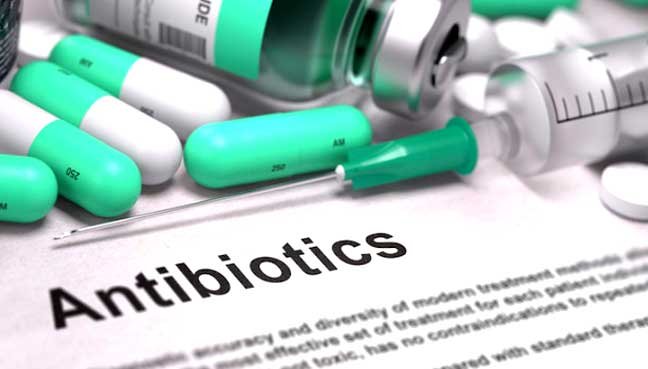Antimicrobial resistance (AMR), or the ability of microbes to withstand medications previously effective against them, has emerged as one of the most significant global health threats. Recent studies predict that superbugs—microorganisms resistant to antibiotics—could cause up to 40 million deaths annually by 2050.
Understanding Superbugs and Their Origin
What are microbes?
Microbes, including bacteria, viruses, fungi, and parasites, are abundant throughout the environment and within our bodies. Human bodies contain approximately 38 trillion bacterial cells compared to 30 trillion human cells. While many microbes are beneficial, supporting vital functions such as digestion and immunity, pathogenic microbes cause diseases and infections.
The emergence of antimicrobial resistance (AMR)
Initially, antibiotics like penicillin (discovered in the late 1920s) revolutionized healthcare by effectively treating bacterial infections. However, widespread antibiotic overuse has led to resistance, creating “superbugs”—microbes previously sensitive to treatments that have evolved resistance mechanisms.
Common Superbugs
Several notorious antibiotic-resistant pathogens include:
READ MORE: Labor Must Keep a Close Eye on This Trend: Inside the Politics of Younger Voters
- E. coli: Resistant to ampicillin and fluoroquinolones, frequently causing urinary tract infections.
- Klebsiella pneumoniae: Resists widely-used beta-lactam antibiotics.
- Methicillin-resistant Staphylococcus aureus (MRSA): Linked to high mortality rates and resistant to many standard treatments.
- Vancomycin-resistant Enterococcus (VRE), multi-drug-resistant Mycobacterium tuberculosis (MDR-TB), and carbapenemase-producing Enterobacterales (CPE) also significantly contribute to AMR.
Factors Driving Antimicrobial Resistance
Clinical misuse and overuse
Incorrect antibiotic usage, such as incomplete treatments or prescriptions for viral infections, accelerates AMR. An estimated 40% of antibiotic prescriptions are unnecessary, harming both individual and public health by fostering resistant bacteria and disrupting beneficial gut microbiota.
Socioeconomic factors
In low-income regions, inadequate sanitation, insufficient clean water, and limited vaccination coverage often lead to infections unnecessarily treated with antibiotics. Additionally, antibiotics frequently sold without prescriptions contribute to resistance development.
Agricultural practices
Antibiotic use in livestock for growth promotion significantly contributes to AMR. Studies project antibiotic use in agriculture could rise by 67% by 2030. Resistant genes and bacteria from agricultural sources frequently enter water supplies, posing widespread environmental and public health risks.
Mechanisms of Antimicrobial Resistance
Resistance occurs through two primary mechanisms:
- Intrinsic resistance: Certain microbes inherently resist antibiotics due to their biological characteristics.
- Acquired resistance: Bacteria develop resistance through genetic mutations or by acquiring resistance genes from other bacteria (horizontal gene transfer). Resistance mechanisms include antibiotic degradation, chemical modification, active drug efflux, altered target sites, or alternative metabolic pathways.
Preventing Antimicrobial Resistance
Effective AMR prevention strategies involve:
- Proper hygiene and vaccination to reduce infection rates
- Judicious antibiotic prescribing and patient adherence to prescribed treatments
- Avoidance of unnecessary antibiotic use in agriculture
Common Misconceptions
- Hand sanitizers: Alcohol-based sanitizers rapidly destroy bacterial cell walls, leaving no opportunity for resistance development.
- Bleach: Fast-acting disinfectant breaking down microbial structures immediately, preventing resistance.
Combating antimicrobial resistance requires collective action, careful antibiotic stewardship, improved global sanitation and healthcare practices, and continuous education on responsible antibiotic use. Addressing AMR effectively is critical to safeguarding public health for future generations.
